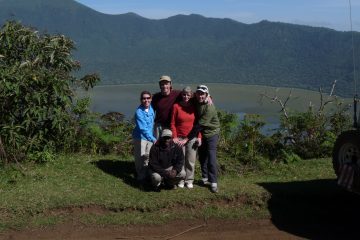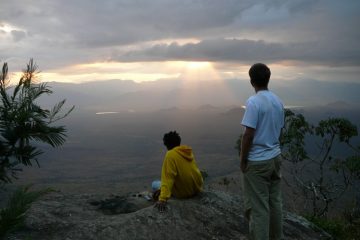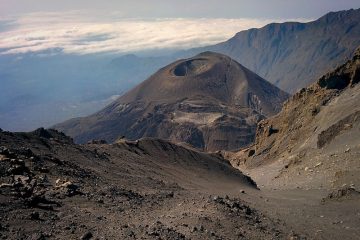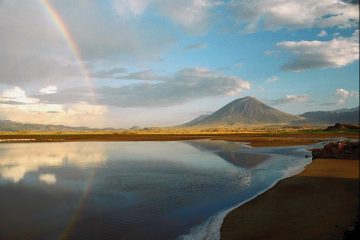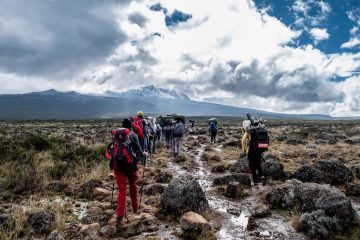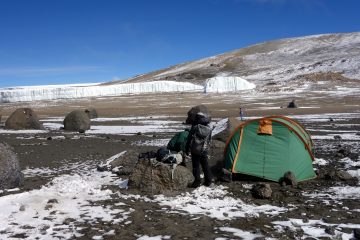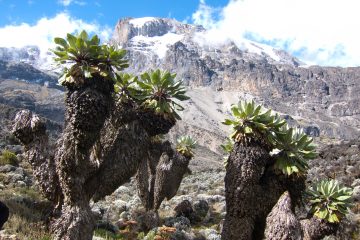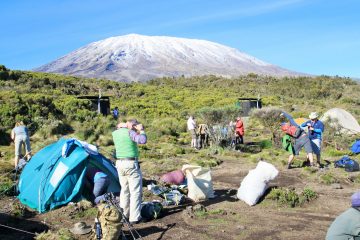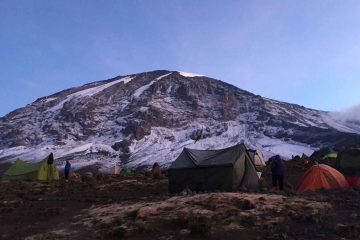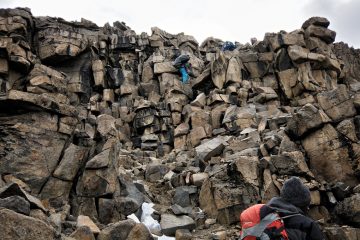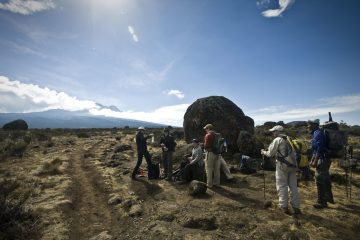Mahale Mountains National Park is located in Tanzania’s Kigoma Region, on the eastern bank of Lake Tanganyika. The park, which is named for the Mahale Mountains range that runs across it, includes a few unique features. For starters, it is one of just two chimp-protected zones in the country. (The other is the adjacent Gombe Stream National Park, which was made famous by Jane Goodall.) Mahale Mountains National Park is home to the world’s biggest known population of eastern chimps, which thrive due to the park’s vastness and isolation. It’s also the only area in the world where chimps and lions coexist. Another unique aspect of the park is that it is one of the few in Africa that must be visited on foot.
Within the park’s confines, there are no roads or other infrastructure, and the only route in and out is via boat on the lake.
These areas are extremely isolated, difficult to get, and expensive to visit – yet they’re unlike anything else in Tanzania and completely amazing.
Mahale Mountains National Park is described as “quite simply one of the most gorgeous parks anywhere in Africa” in the finest handbook to Tanzanian safaris. The lakeshore is a powder-white sand beach, with a series of majestic mountains clothed in lush tropical foliage rising behind it. The woodland is alive with song as large electric-blue butterflies fly over the streams. It’s not just lovely, but it’s also home to Tanzania’s densest primate population: yellow baboons, red colobus monkeys, blue, red-tailed, and vervet monkeys abound – and then there’s the chimps.
The ideal Chimpanzee habitat
This national park, which spans 1,600 square kilometers of the Mahale Mountains, is home to roughly 1,000 chimps. Most notably, researchers have been habituated to one group of Mahale chimpanzees, the Mimikire tribe, since 1965. The M-group, as they are called, includes roughly 56 chimpanzees and is now commanded by an amazing alpha male named Alofu. They travel where they want when they want, yet they’re comfortable with humans, so they’re easy to monitor and observe from close quarters. All human guests on chimp safaris are required to wear surgical masks – which will be provided for you – for the health of the chimpanzees.
Why was Mahale National Park established?
The Mahale Mountains National Park, nestled among the magnificent, wooded slopes of the Mahale Mountains, was established to safeguard the region’s thousands of chimps. It’s famous for its spectacular sunsets over Lake Tanganyika, making it a must-see for photographers and safari fans.
The park’s diverse ecosystems include rainforest, grasslands, alpine bamboo, and woods, with over 50 kinds of animals reported, the majority of which are members of the monkey and ape groups, and over 90 different types of fish swimming in the clean waters of the lake.
The Batongwe and Holoholo peoples used to live in the Mahale mountains, with populations of 22,000 and 12,500 in 1987, respectively. These individuals were evicted from the Mahale Mountains Wildlife Research Center in 1979 to make room for the park, which opened in 1985. The people were extremely sensitive to the natural world, living in a way that had little influence on the environment.




